September 05, 2022
Expedition diary: Ratnapura mines
Day two in Sri Lanka; a 4am start journeying to Sri Lanka's richest mining region

Little is made of the remarkable journey a gemstone goes through and even less is discussed on the positive impact mining can have in so many places. We are here to immerse you in our world, sourcing exceptional gemstones from far-flung corners of the earth.
04:00: An early start
The alarm goes off at 4am. Mildly disorientated and heavy with jet lag we pile into a minibus and drive through Colombo, picking up other members of our team along the way.
Even in the small hours of the morning, Colombo is a riot of colour and noise. It's all blinking lights, street food stalls and people, everywhere.
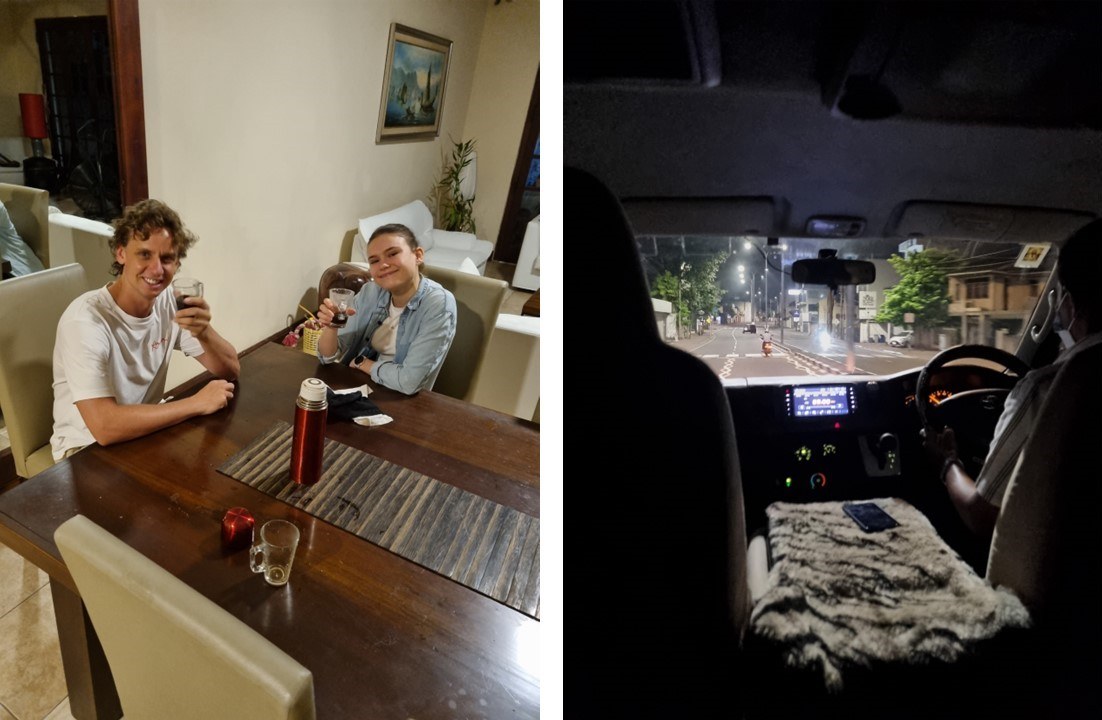
Our driver navigated the busy roads as easily as he could've done it in his sleep; eyes fixed ahead, waving to oncoming traffic and casually checking his phone. We left the big city lights behind, heading south to Ratnapura – the world renowned mining region in South Western Sri Lanka.
Gradually the skyscrapers and high rises sunk into the horizon, and the landscape shifted to a more rural scene; tiny villages and lush landscapes where nature had taken free rein.
06:30: Breakfast on the go
After a pit stop to refuel with some more coffee and a maalu paan (a type of spiced-fish bun) it was time to navigate the tight and winding roads through the mountains.
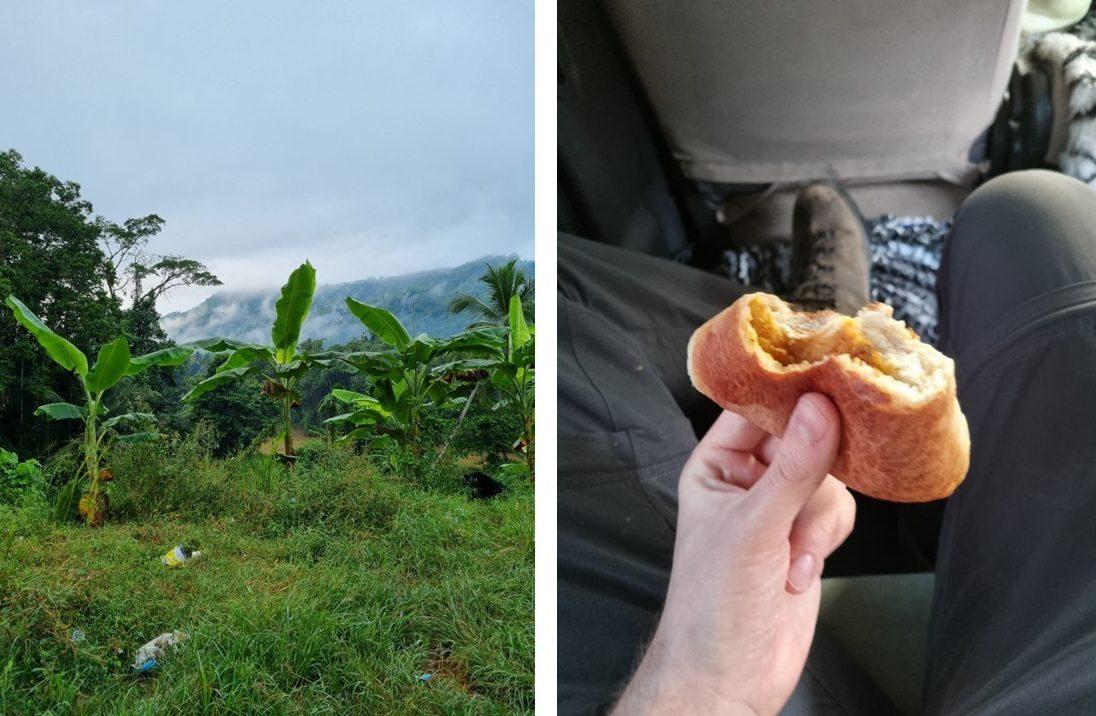
The roads twist and turn around the mountains as the sun slowly creeps up and over the peaks. On either side of us, we see acres of tea plantations and banana trees. As more of the world wakes up, school children are shooed from homes to make the bus on time, followed by dogs waiting for any dropped breakfast along the way.
08:15: Arriving at the mine site
Once we eventually make it to the heart of the mining region the landscape is vastly different. We're greeted by a vast plain of green; tall grasses, towering palm trees, nestled in amongst mountains covered with the emerald glow of a tropical jungle. Admiring the scene we're all quite taken aback. It's not often you visit a place that feels so untouched by commerce and heavy intervention.
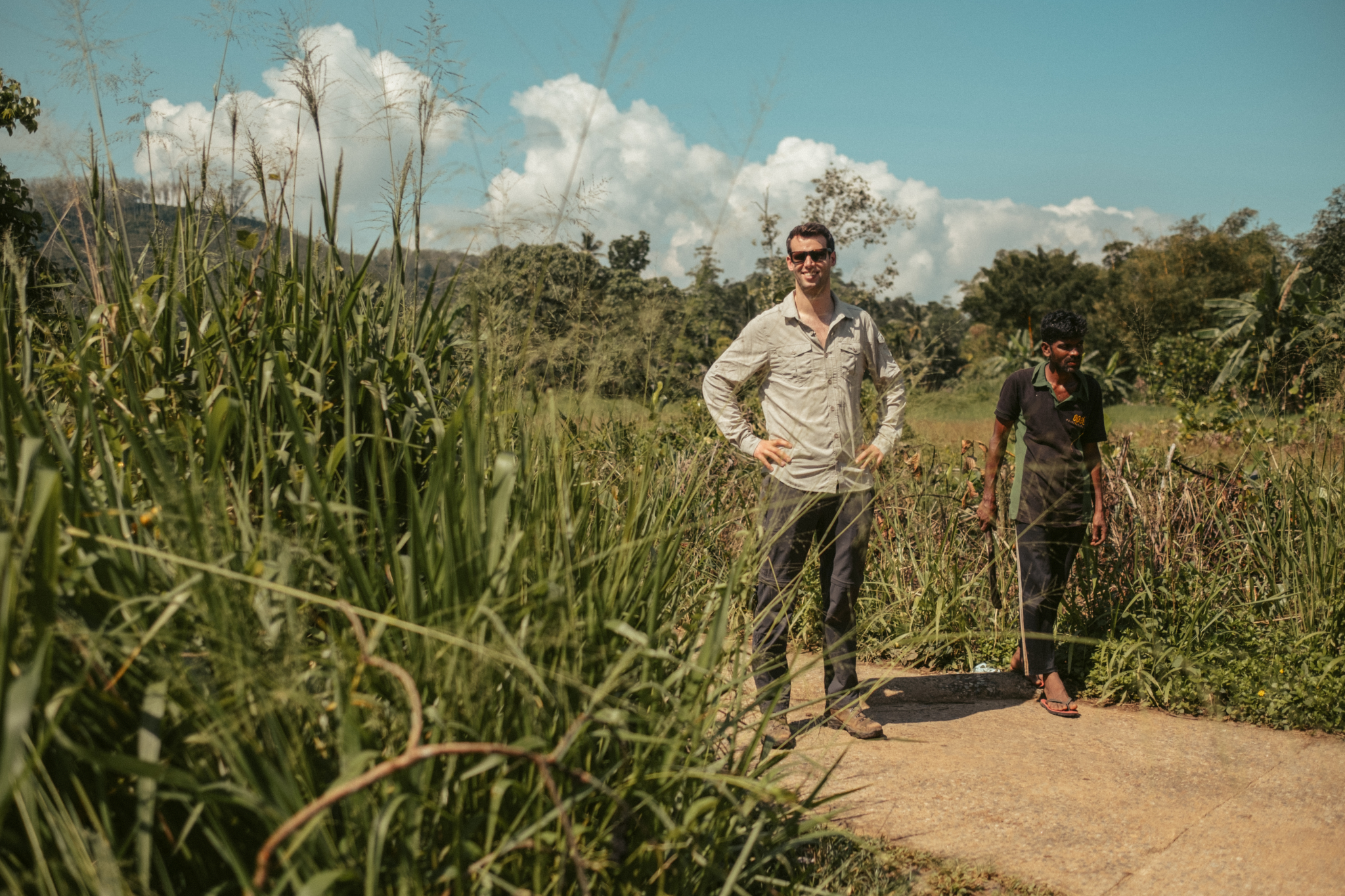
For context, gemstone mining in Sri Lanka has been carried out for over 2,000 years. The country is recognised for its discovery of precious stones and it also has a reputation for leading the way in its sustainable mining practices (more on that later).
08:45: Greeted by our local contact
The heat of the sun was already beating down on the luscious vegetation as we awaiting contact with the mine owner we had agreed to meet.
After a 40-minute wait in an increasingly warm truck, our contacts emerged from a muddy track. One clutching a bottle of water, the other a machete. We should clarify at this point that our colleagues had kindly cut a path for us through the dense vegetation so we could make our way to the mine site.
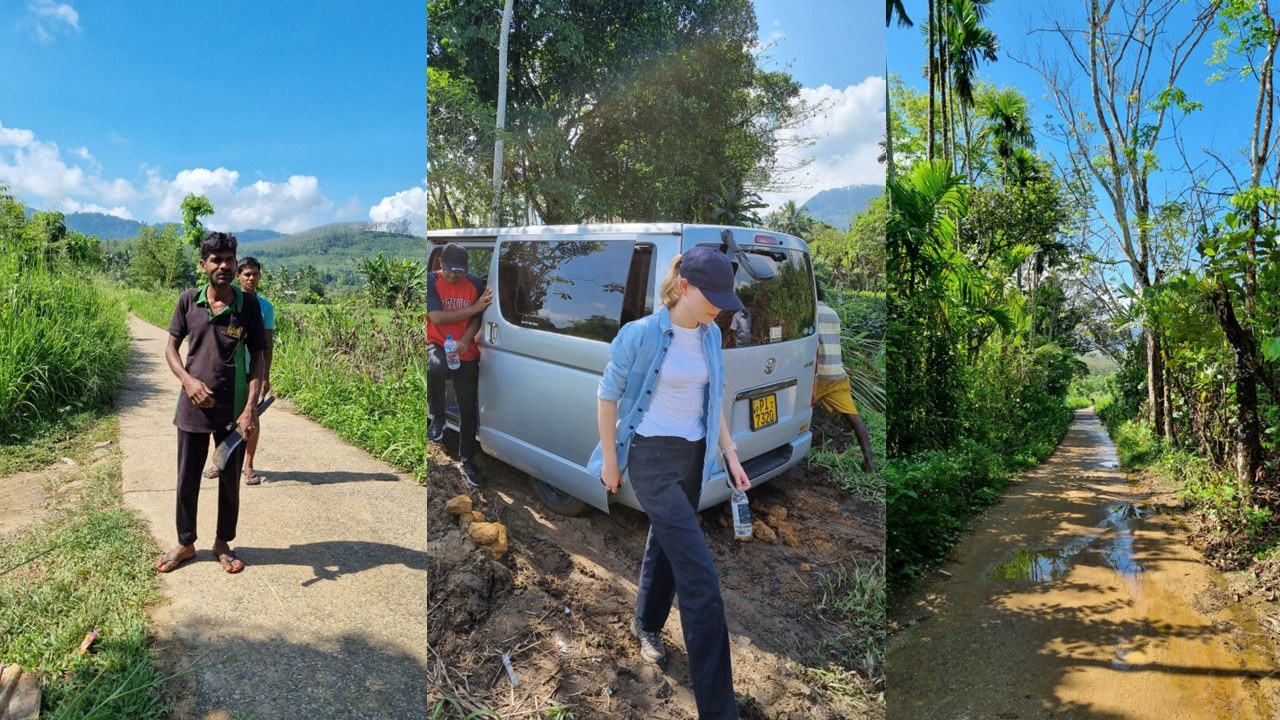
Like most gem mines in Sri Lanka, the one we visited was small-scale and operated by locals. Watching the miners at work, there was an obvious sense of community spirit. Each person had a role to play, whether it was making a pot of chai, digging in the mines or blessing the gem-sifting baskets in the hope of recovering something precious from the clay-like earth.
09:50: Open pit mine
The first site we visited was an open pit mine. Like 90% of the mines across Sri Lanka this was a non-mechanised operation. This means the site is free from heavy machinery reducing environmental impact to a negligible level (what we love about this place).
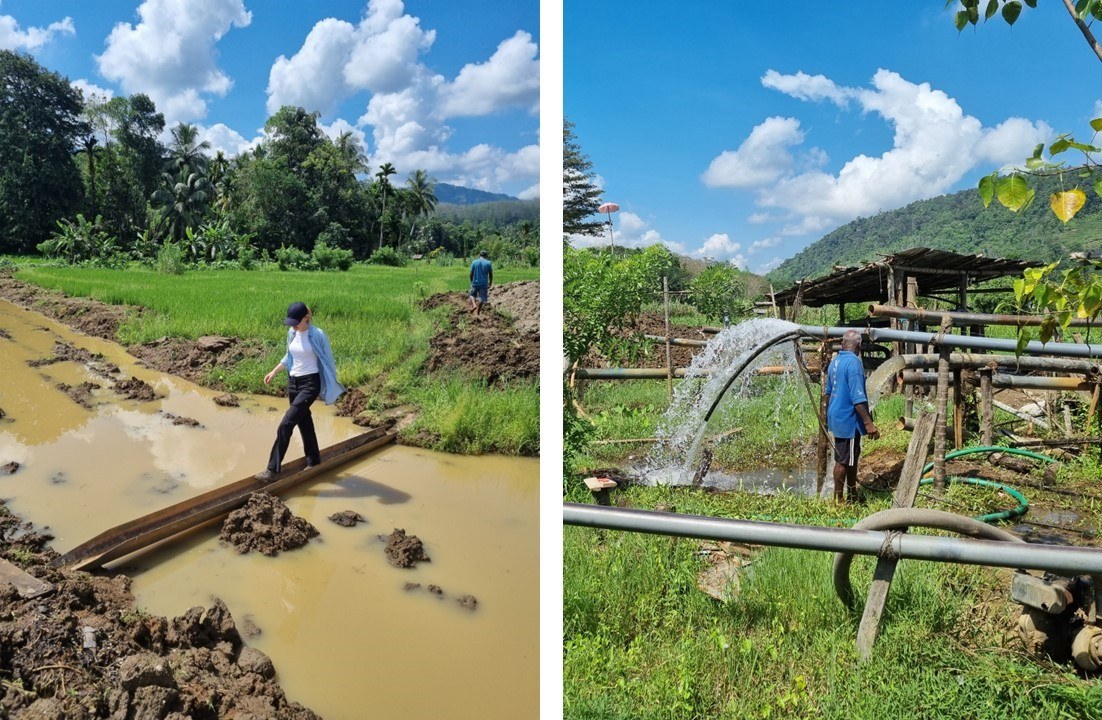
Most of Sri Lanka's gems are located in agricultural lands, mainly rice paddies. Meaning the gems are located within alluvial deposits where over millions of years gravel has washed down from the mountains and been deposited in the floodplains of rivers and lakes. These gravel beds provide wetland farmland with rich and fertile soils.
This type of soil is locally known as illam. This is the layer within the rock strata which bears gems. The consistency of illam means the gems are relatively free in this clay-like material making them easier to pick out from the ground.
10:00: Exploring bamboo mine shafts
After Kumar, the mine owner, had given us a guided walk around the site we were free to explore for ourselves. Whilst the most obvious work is performed in the open pit a number of micro shafts have been dug in the more hard-to-reach areas.
The gravel layer varies in depth across the site from 25 feet to 100 feet because some areas require slightly deeper digging. Not easy work when it's all done by human power.
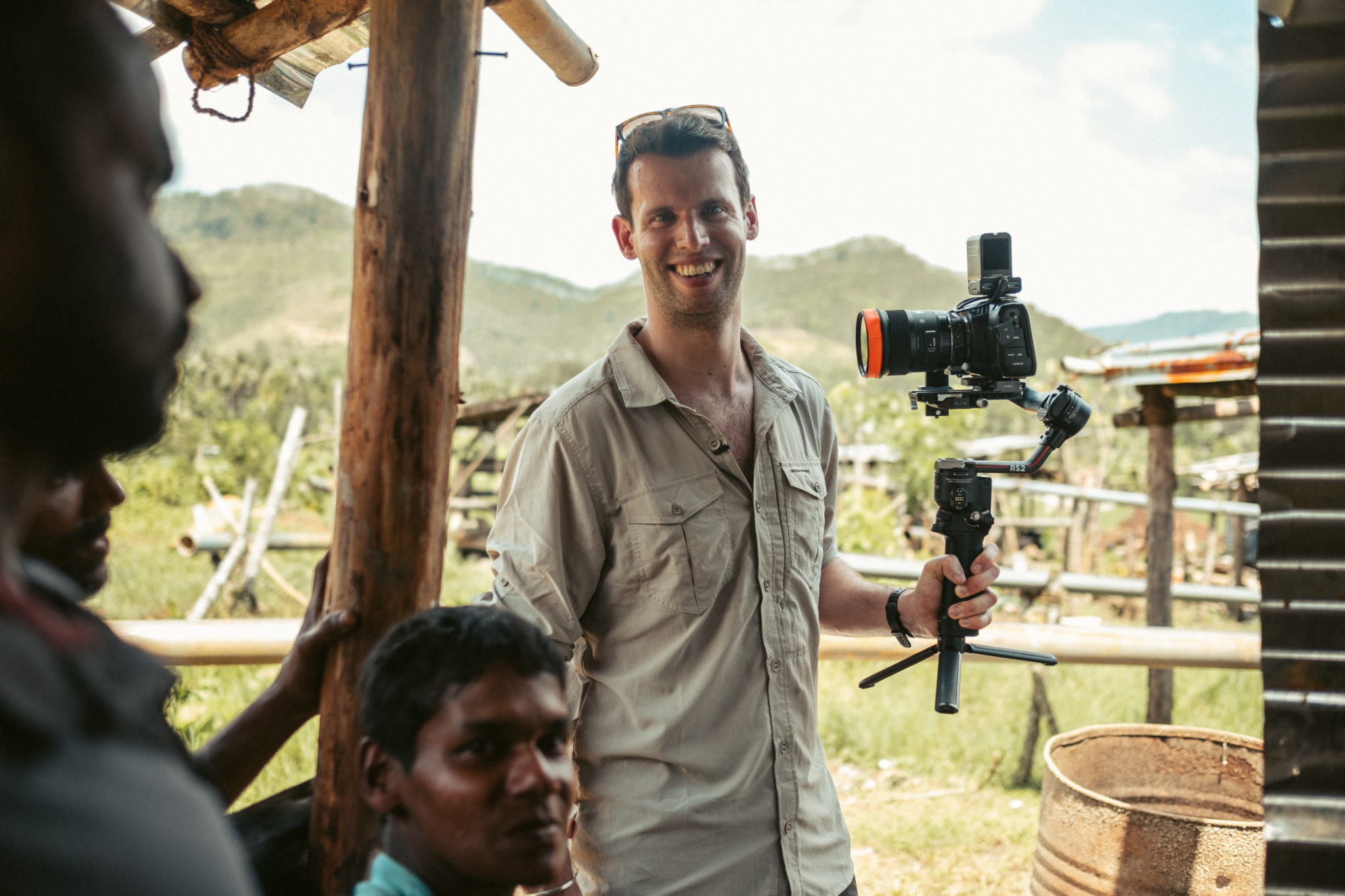
The mine shafts are sheltered from the elements in temporary erected huts providing shelter to the workers from the midday sun. Constructed from bamboo, one miner is lowered into the mine at a time with lots of hands on deck at the surface to provide support. From managing the pulley system to exporting gravel, manning the water pump and removing excess fluid, everyone has a role to play in this finely tuned operation.
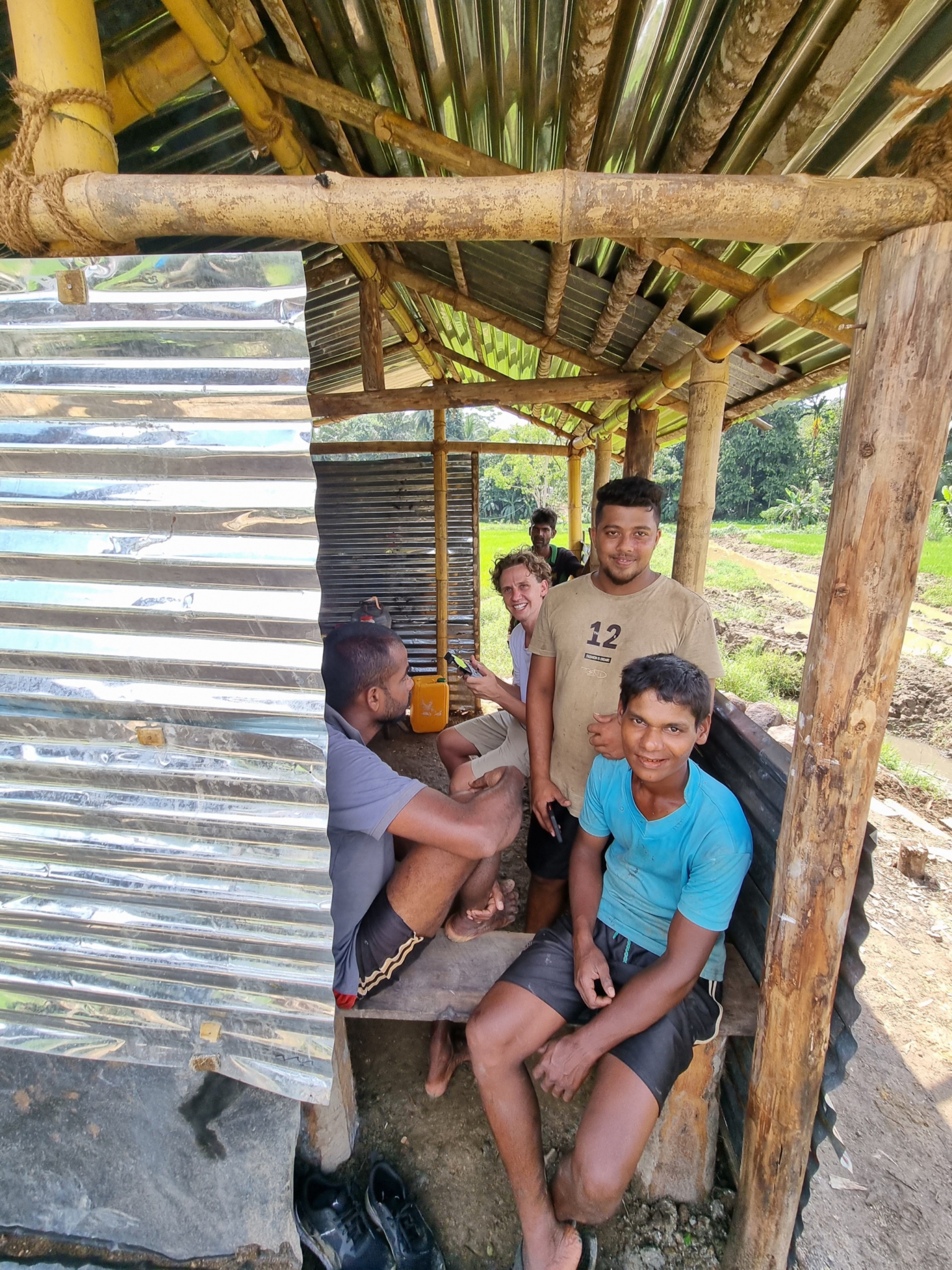
11:30: Coconuts and drones
By now the sun was approaching full heat and after numerous hours work in the cool morning air it was time for a break. We headed over to the shady spots down by the river
No sooner than we had sat down we noticed a young man up a tree. Elevenses is done differently in the jungle.
Freshly cut coconuts was the order of the day.
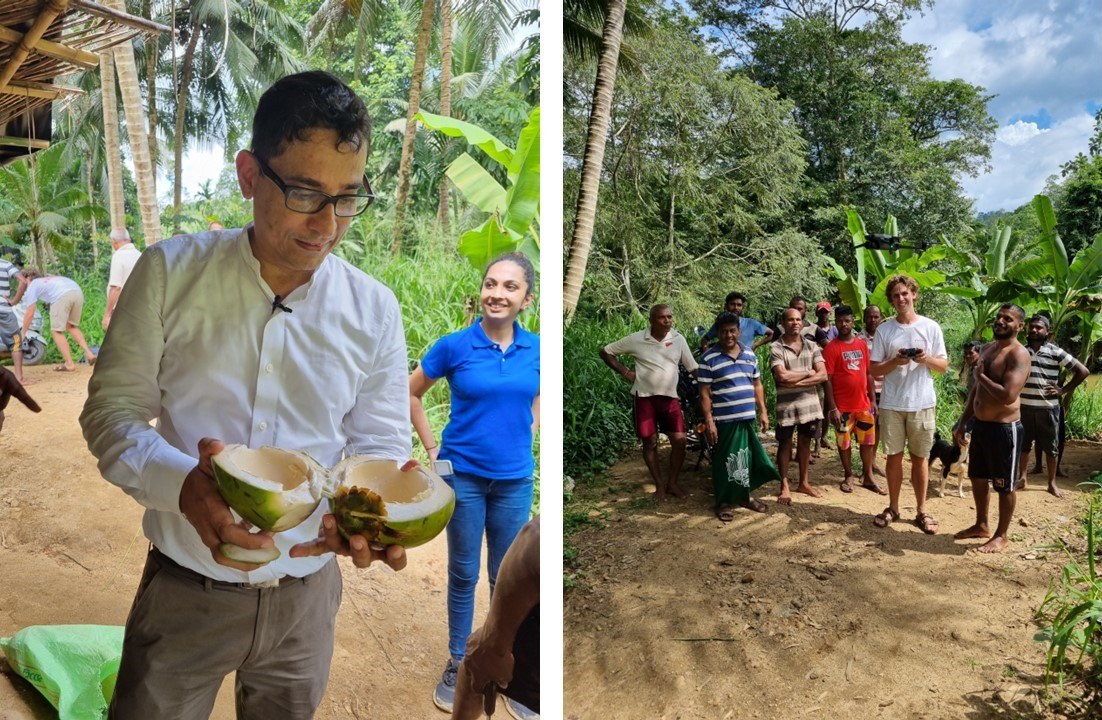
Whilst most of us sat sipping on coconut juice straight from the source film maker Will had other ideas. With a gaggle of inquisitive locals quickly forming around him his drone had become quite the point of interest.
Having never seen anything quite like it our new team of friends were most intrigued. Posing for photos and watching the drone fly and up and down the river, Will had a captive audience.
13:00: Gravel washing
Having regained some energy from the fresh coconuts and cooled down in the shade by the river it was now time to observe the gravel washing.
Once the gravel has been taken out of the ground it is carried by cart to the river. One bag at a time the gravel is unloaded into a washing basin. The washer manoeuvres the bowl in circular-like motions to remove the silt and mud.
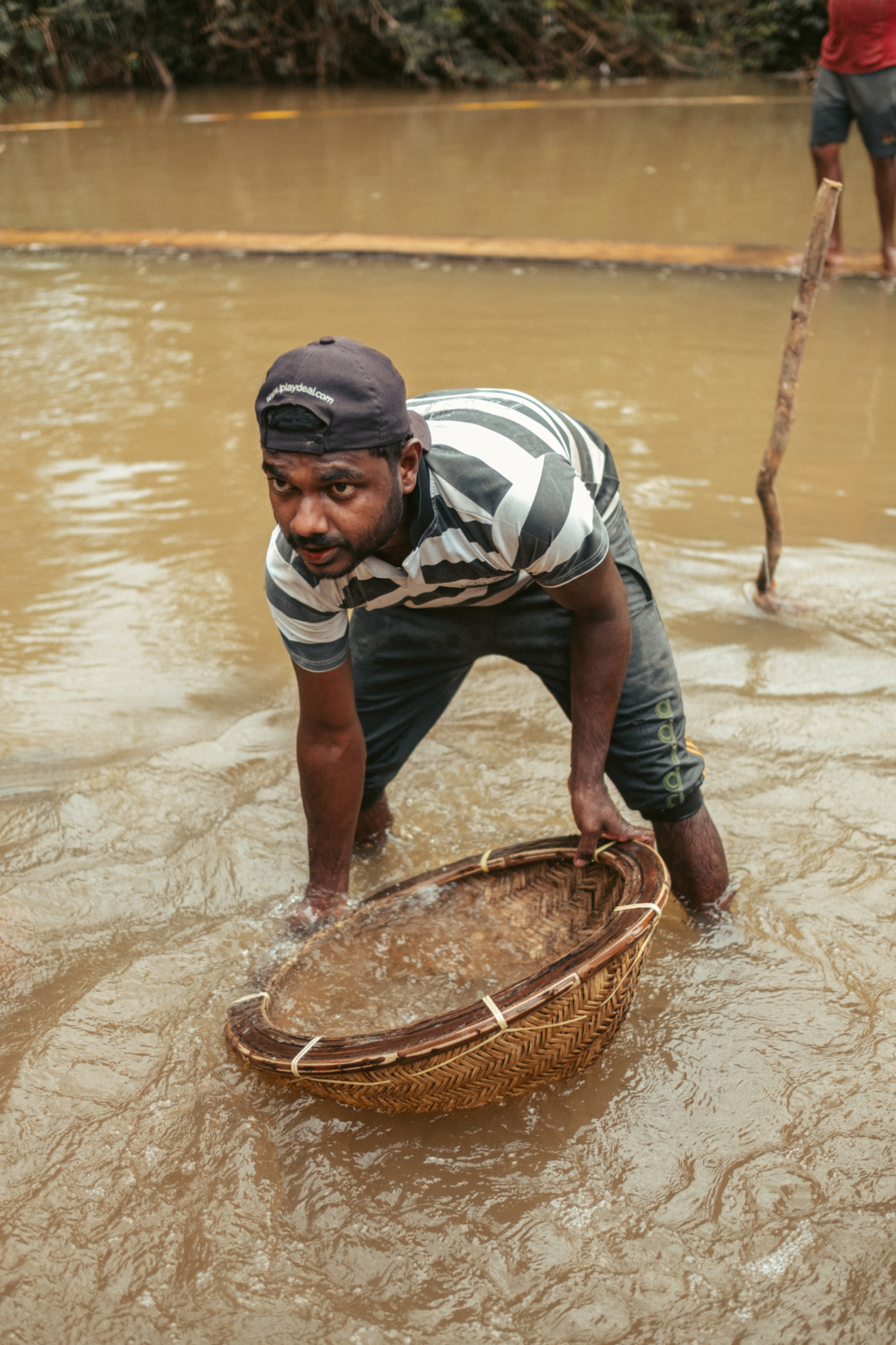
14:15: Searching for gemstones
Once the gravel has been washed clean, a worker then carefully sifts through the bowl in search of gems. This role is normally reserved for the older generation as it requires great experience to identify gems.
This technique is used to separate precious gems from non-precious. The force of the water allows the heavier gravels and to make their way to the bottom of the basket whilst the lighter stay at the top. The precious gems which we are looking for are dense and therefore can be found towards the bottom of the basket.
Whilst every miner is in search of a gemstone that could potentially transform their lives, traces of semi precious stones like topaz and amethyst are just as exciting, providing all important clues as to the search for rarer gems.
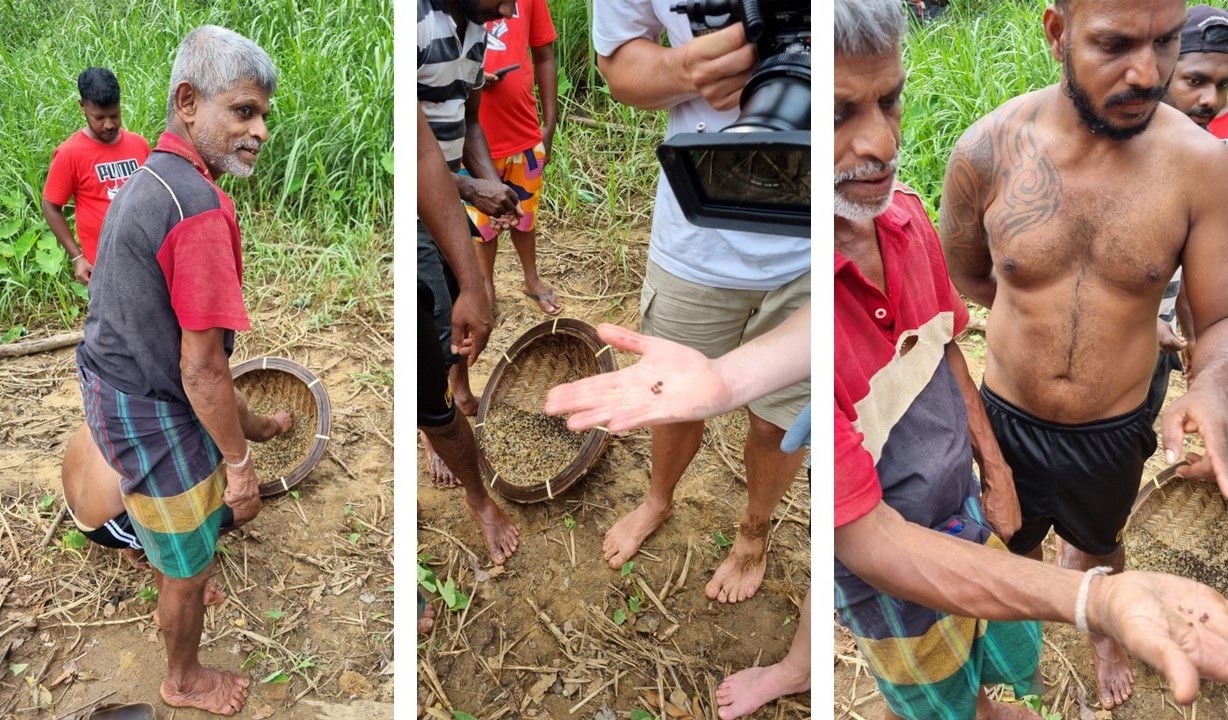
Whilst the nature of sapphire mining does mean we're extracting gems from the ground there are certainly right ways and wrong ways of doing things.
Sri Lanka has firm laws in place to ensure the land is regenerated so it can be used for farming. Every single person in the mining process receives an equal cut of the gem's proceeds (from tea maker to mine owner), a license is only granted for 2 years at a time and only 5% of operations are permitted to be mechanised mines.
If that doesn't set the standard for progressive mining approaches then we don't know what does. Clearly there is always more to be done, but this is certainly a positive approach and a great foundation upon which to build.
15:20: Time to pack up
After an afternoon at the mines, taking it all in and even trying our hand at the sifting process, we're ready to put our feet up.
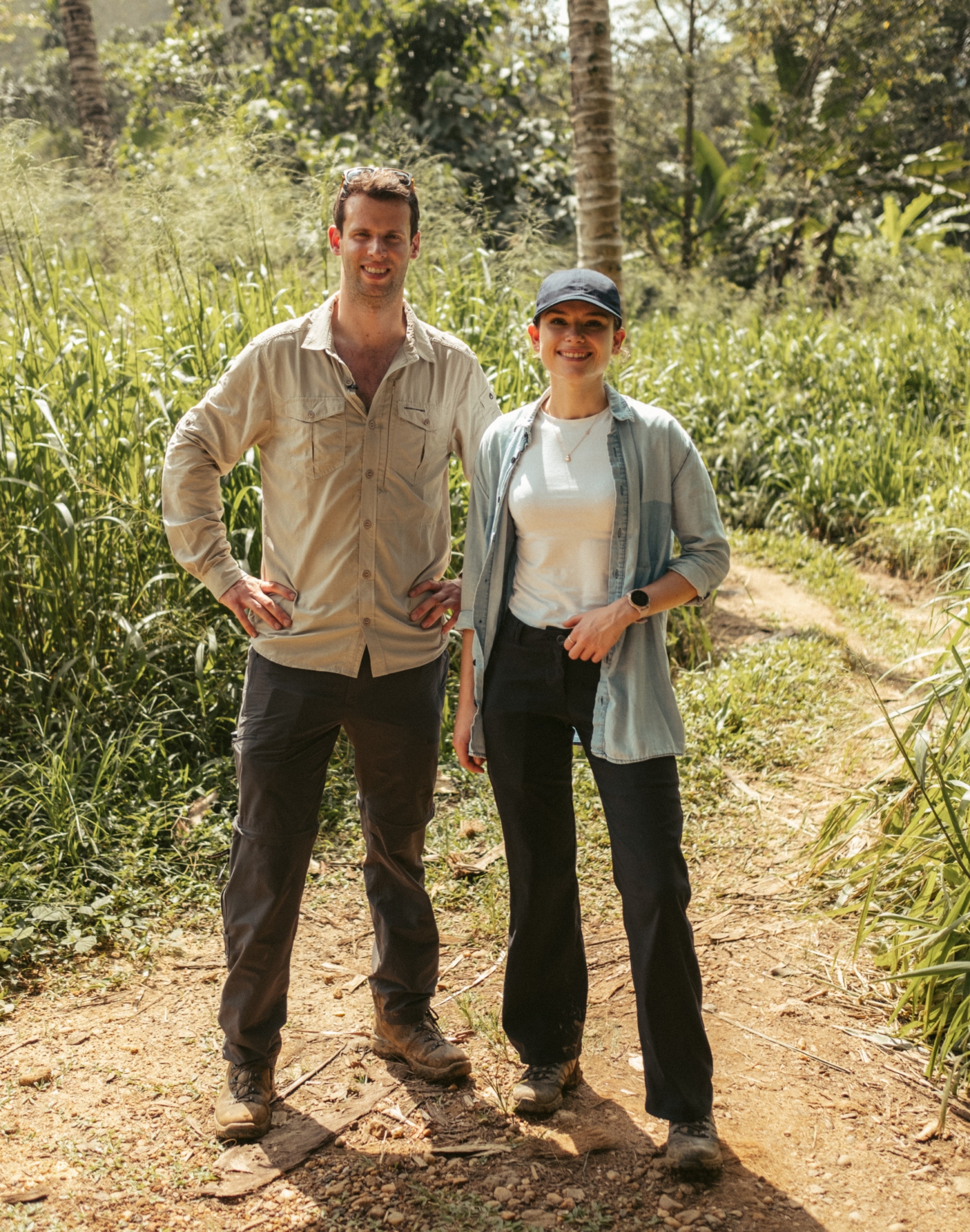
16:00: A long journey home
Back in the minibus, we make tracks back to our accommodation falling in and out of sleep all the way. The journey gives us time to reflect everything we'd experienced at the mines; from seeing how much hard work and effort go into finding each gemstone to seeing the natural colours of these gems mixed amongst the grey and brown gravel.
20:30: Dinner with the locals
Slightly later than scheduled, no thanks to the gridlock rush hour traffic, we arrived back at base. Exhausted and exhilarated by the most magical day. After a quick freshen up we went for a quick bite to eat at a “locals” spot where you have to be in the know to even find it. We had Kottu, pol sambol, kukul mas curry, and various other curries with a cold glass of Lion lager.
Re-fuelled after a full day of exploring before we hit the hay for another day of adventure tomorrow discovering the rough gemstone markets.
View the full Sri Lanka Expedition Film here.
Return to Journal